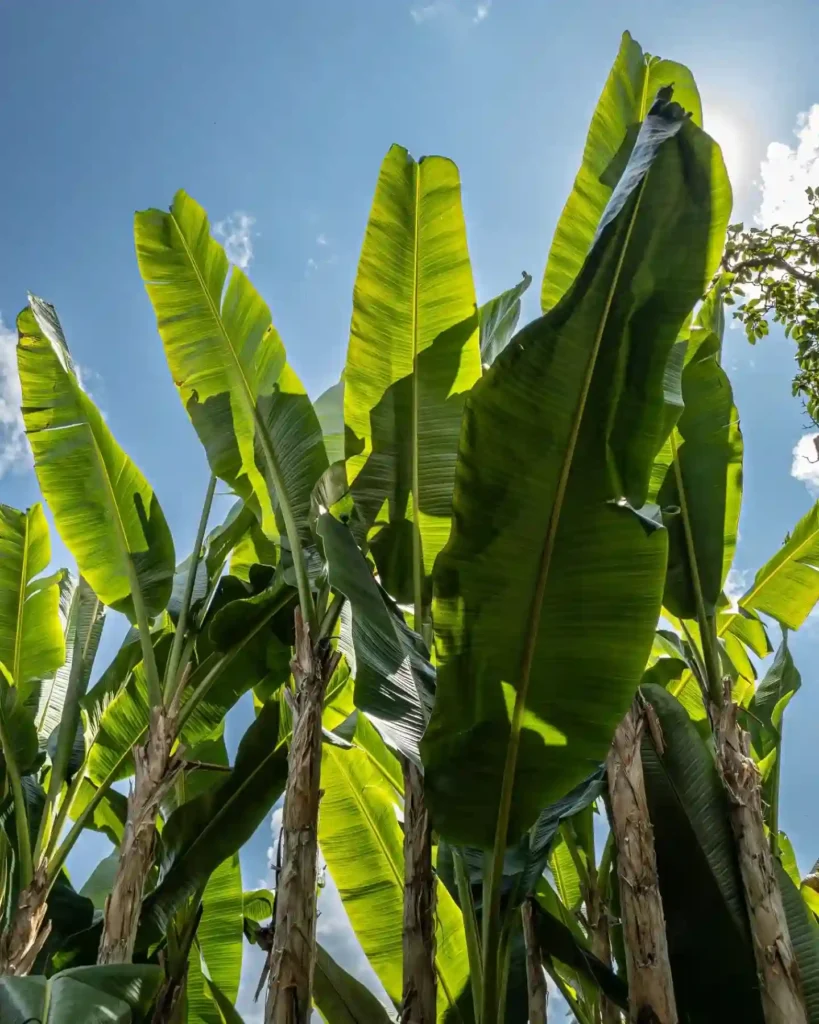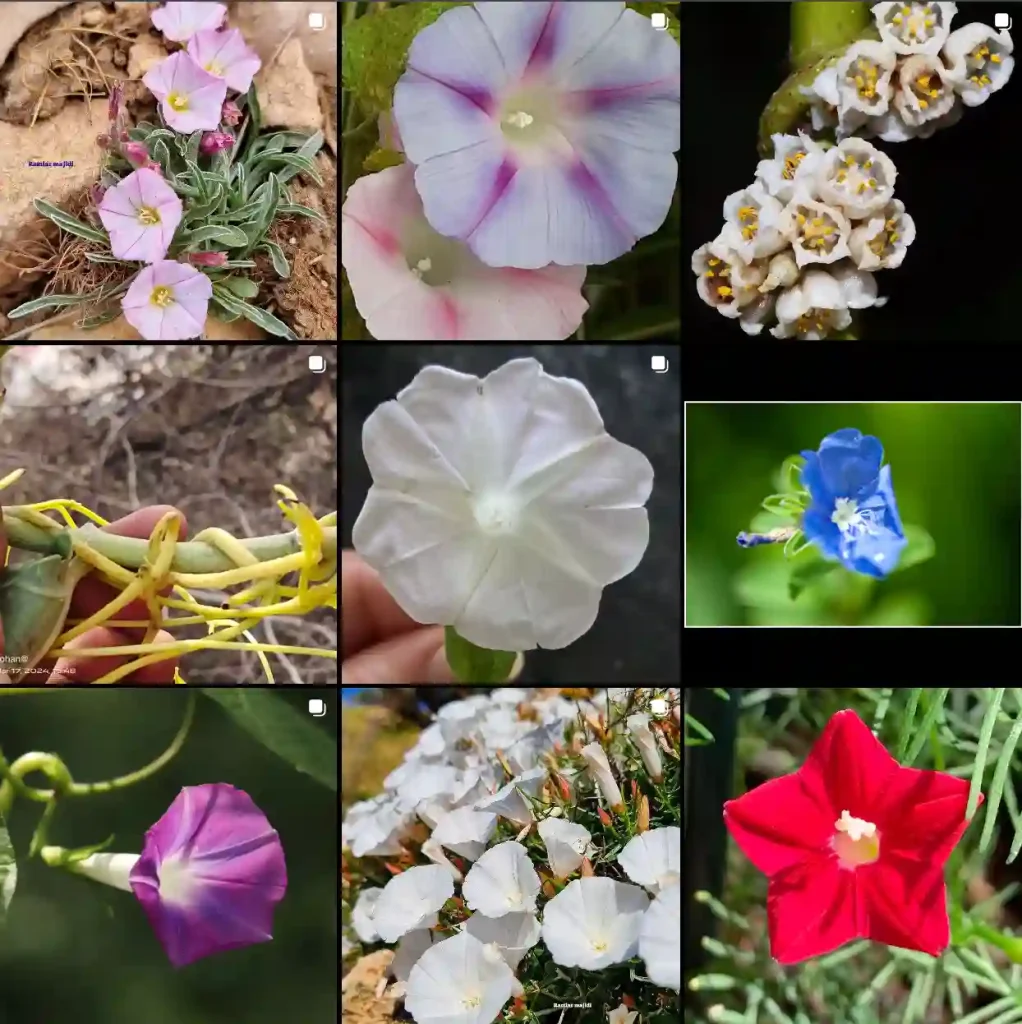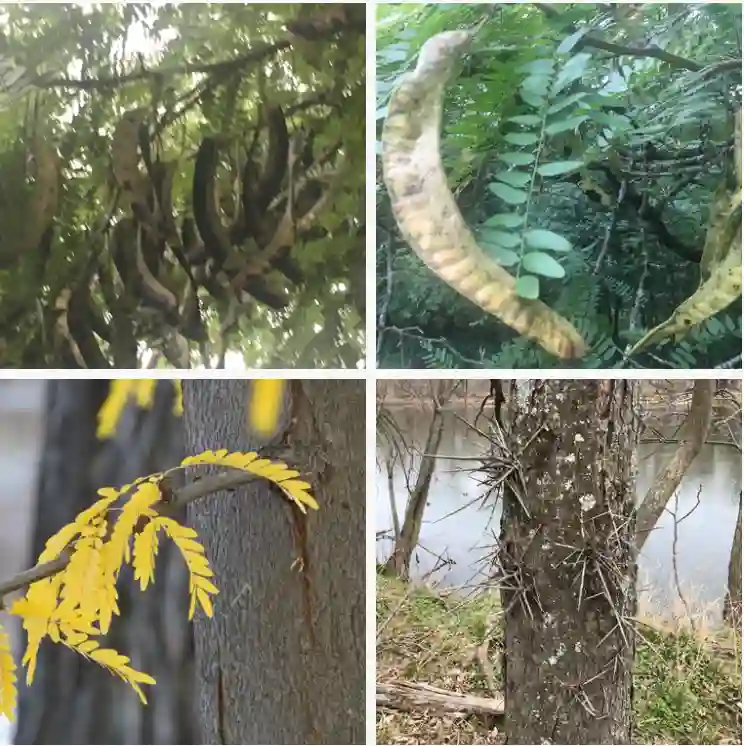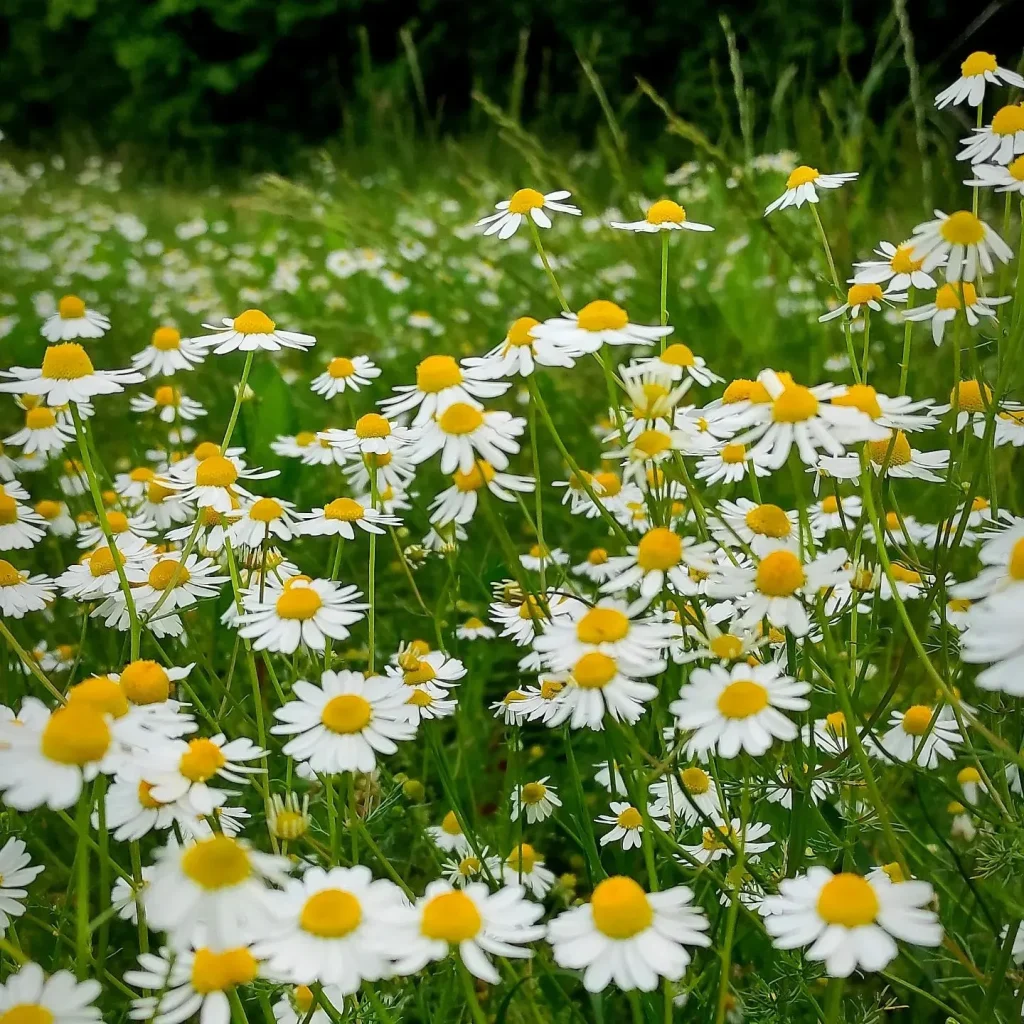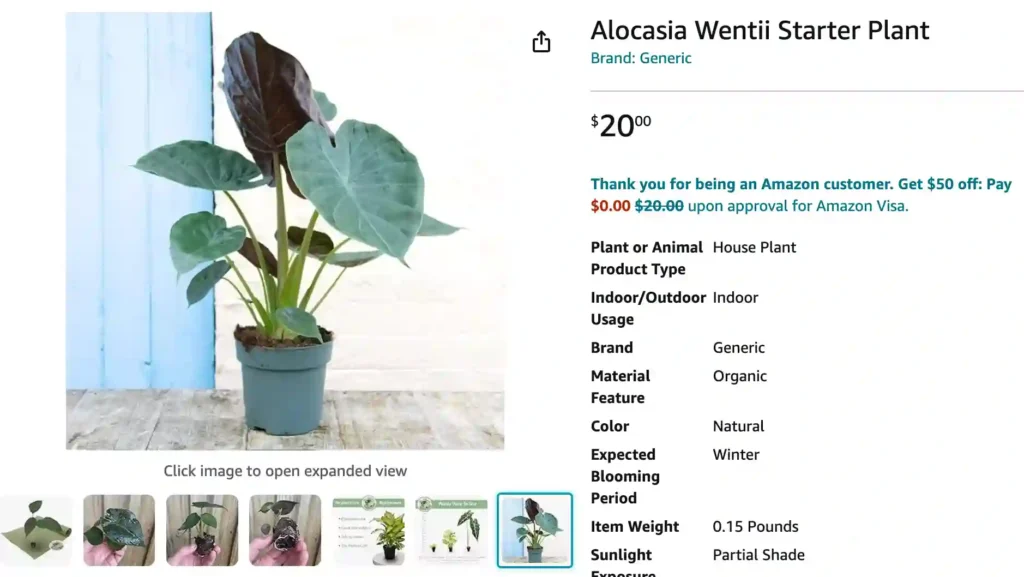
1. Introduction to Alocasia Wentii: The Hardy Elephant Ear
1.1. What is Alocasia wentii?
The Alocasia wentii is a popular and distinctive species within the Alocasia genus, admired for its robust nature and striking foliage. It is primarily characterized by its large, glossy, dark green leaves with a prominent metallic bronze sheen on the upper surface and a vibrant reddish-purple underside. This elegant coloration, combined with its classic arrow-shaped leaves, makes it a true showstopper and a prized addition to any indoor plant collection. Unlike some more delicate Alocasias, A. wentii is known for being relatively hardy and forgiving, making it an excellent choice for both experienced and new plant parents. Native to tropical regions, this terrestrial Aroid brings a lush, tropical, and architectural aesthetic to any indoor space.
1.2. Reasons for its Appeal
Alocasia wentii captivates plant enthusiasts for several compelling reasons:
- Distinctive Bi-colored Leaves: The contrast between the glossy dark green/bronze upper surface and the reddish-purple underside provides unique visual appeal.
- Hardy Nature: It is considered one of the more resilient and less demanding Alocasia species, making it suitable for a wider range of growers.
- Lush, Tropical Aesthetic: Its large leaves bring an immediate dense, jungle-like feel to any interior.
- Manageable Size: While large, it generally remains a manageable size for indoor cultivation, making it a good floor or tabletop statement plant.
- Air Purifying Qualities: Like many large houseplants, it contributes effectively to improving indoor air quality.
2. Origins and Distinguishing Characteristics
2.1. Native Habitat
Alocasia wentii is indigenous to the tropical regions of Papua New Guinea. In its natural environment, it typically grows terrestrially on the forest floor, thriving in conditions of consistent high humidity, moderate to warm temperatures, and dappled or filtered sunlight. It utilizes its robust roots and rhizomes to anchor itself and absorb moisture and nutrients from the rich, organic forest floor. Understanding these native conditions is crucial for replicating an ideal indoor growing environment.
2.2. Leaf Morphology and Coloration
The leaves of Alocasia wentii are its most defining characteristic. They are:
- Size: Large, typically reaching 1-2 feet (30-60 cm) in length.
- Shape: Distinctively arrow-shaped (sagittate) with prominent basal lobes and a pointed apex.
- Color & Texture: The upper surface is a glossy, dark green, often with a subtle metallic bronze sheen, especially in good light. The underside is a vibrant reddish-purple, providing a beautiful contrast. The leaves have a smooth, somewhat leathery texture.
- The leaves are generally entire (undivided).
2.3. Growth Habit and Rate
Alocasia wentii is primarily a terrestrial Aroid. It generally forms an upright clump of leaves from a central rhizome or corm. It does not typically climb with aerial roots like many vining Alocasias or Philodendrons. Its large leaves grow outwards and upwards from the central base, creating an impressive, contained display. Its growth rate is generally considered moderate under optimal conditions, gradually unfurling new leaves that slowly achieve their impressive size and characteristic coloration.
2.4. Toxicity
Like most other Alocasia species, Alocasia wentii is considered toxic to pets (cats, dogs) and humans if ingested. It contains calcium oxalate crystals, which can cause irritation and swelling of the mouth, throat, and digestive tract, leading to discomfort, vomiting, and difficulty swallowing. It is advisable to keep this plant out of reach of pets and small children.
2.5. Comparison to Similar Alocasia Species (Regina, Polly, Sarian, Zebrina)
Alocasia wentii is distinctive due to its combination of large, dark green leaves with a reddish-purple underside and its relatively hardy nature. It is often compared to other large-leafed Alocasia species.
- Alocasia wentii: Characterized by large, glossy, dark green leaves with a prominent reddish-purple underside and a subtle bronze sheen. It is a relatively hardy, terrestrial, clumping Alocasia.
- Alocasia reginula ‘Black Velvet’: Features smaller, dark, almost blackish-green, velvety leaves with prominent white or silvery veins. Its size, texture, and veining are distinct.
- Alocasia x amazonica ‘Polly’: Has dark green, arrow-shaped leaves with prominent white/silvery veins and wavy/ruffled margins. It lacks the distinct reddish-purple underside and has prominent white veining.
- Alocasia ‘Sarian’: Features large, upright, arrow-shaped leaves with deeply ribbed texture and prominent petioles. It lacks the distinctive reddish-purple underside and bronze sheen, and has a very different leaf texture.
- Alocasia zebrina: Distinguished by its large, arrow-shaped leaves and distinctively zebra-striped petioles (stems). Its leaves are generally entire and lack the reddish-purple underside and bronze sheen.
The unique combination of its large, glossy, dark green leaves with a striking reddish-purple underside and its notable hardiness clearly distinguishes Alocasia wentii.
3. Comprehensive Care Guide: Nurturing Your Hardy Bronze Alocasia
Cultivating a thriving Alocasia wentii involves providing consistent care that closely mimics its tropical origins, ensuring its lush growth and vibrant appearance. It is a relatively easy-care plant, suitable for both experienced and new plant owners.
Table 1: Quick Care Guide for Alocasia Wentii
| Care Factor | Requirement Description |
|---|---|
| Light | Bright, indirect sunlight (e.g., East-facing window). Avoid harsh direct sun. At least 6 hours daily. |
| Temperature | Ideal range: 18-27°C (65-80°F). Avoid sudden changes below 15°C (59°F) or cold drafts. |
| Humidity | High humidity (50% or more) preferred. Essential for pristine leaves. |
| Watering | Water deeply when top 1 inch of soil is dry. Consistent moisture but not soggy. Ensure good drainage. Avoid overwatering. |
| Soil | Well-draining, airy, chunky aroid mix. |
| Fertilization | Balanced liquid fertilizer, diluted, monthly in spring/summer. Withhold in fall/winter. |
| Pruning | Remove old/damaged leaves. Minimal pruning for shape. |
| Repotting | Every 1-2 years, or when root-bound, in spring. Increase pot size slightly. |
| Support | Not typically needed (upright clump). |
3.1. Light Requirements
Bright, indirect sunlight is paramount for Alocasia wentii to maintain its striking foliage coloration and promote healthy growth. It needs at least 6 hours of bright, indirect light daily. Place your plant near an east-facing window for ample morning light. For south or west-facing windows, use sheer curtains to filter the light or place the plant a few feet away from the window. Avoid harsh direct sunlight, which can easily scorch its large, delicate leaves, leading to unsightly brown spots and potentially dulling its vibrant green and reddish-purple colors. Conversely, insufficient light can lead to slower growth, smaller leaves, and less prominent coloration. Regularly rotating the plant ensures even light exposure and balanced growth.
3.2. Temperature and Humidity
As a plant from warm, humid climates, Alocasia wentii prefers consistently warm temperatures, ideally ranging from 18-27°C (65-80°F). It’s crucial to protect it from cold drafts and sudden temperature fluctuations, as temperatures below 15°C (59°F) can stress the plant, halt growth, and cause leaf damage. Avoid placing the plant near open doors, air conditioning vents, or heating units.
Alocasia wentii prefers high humidity levels (50% or more). Optimal growth and pristine leaf appearance are achieved with higher moisture levels. Signs of insufficient humidity might include crispy brown leaf edges or tips. You can increase humidity by using a room humidifier. Grouping plants together or placing its pot on a pebble tray filled with water (ensuring the pot itself doesn’t sit in the water) can also help create a more humid microclimate. Mist the plant occasionally to mimic their natural habitat and provide a temporary boost.
3.3. Watering Practices
Proper watering is critical for Alocasia wentii. It prefers its soil to be consistently moist but not waterlogged. Water deeply when the top 1 inch (2.5 cm) of soil feels dry to the touch. Ensure that the pot has excellent drainage holes and that any excess water drains out completely from the bottom. Never allow the plant to sit in standing water, as this is the primary cause of root rot. Overwatering is a common mistake for Alocasias, so it’s generally safer to err on the side of underwatering.
The frequency of watering will depend on environmental factors like light, temperature, and humidity, as well as the pot size and soil mix. Expect to water more often during the warmer, active growing months (spring and summer), typically every 7-10 days. During the cooler, dormant months of fall and winter, the plant may enter a dormant period, and reduced watering and fertilizing are recommended. Allow the soil to dry out more thoroughly between waterings during this time. Drooping leaves can indicate both underwatering and overwatering (due to root damage), while brown spots may be due to water logging or fungal disease.
3.4. Optimal Soil Mix and Repotting
A well-draining, airy, and nutrient-rich potting mix is essential for Alocasia wentii. This mimics the loose, organic matter it would find in its native terrestrial environment. An ideal mix should promote good aeration while retaining sufficient moisture. A suitable blend, often referred to as an “aroid mix,” can include:
- High-quality potting soil (approximately 50%)
- Perlite or pumice (approximately 20-30%) for excellent drainage and aeration
- Orchid bark (approximately 20-30%) for chunkiness and improved air circulation
- Coco coir or horticultural charcoal (optional, smaller amounts) for moisture retention and impurity absorption
Repotting: Repot your Alocasia wentii typically every 1-2 years, or when you notice it has become root-bound (roots growing out of drainage holes, water running straight through the pot too quickly, stunted growth). Spring is the best time to repot. Choose a new pot that is only slightly larger (e.g., one size up) than the previous one, ensuring it has ample drainage. Use fresh potting mix.
3.5. Fertilization Strategies
During the growing season (spring and summer), fertilize your Alocasia wentii monthly with a diluted, balanced liquid fertilizer. This provides the necessary nutrients to support vigorous growth and maintain its lush foliage and vibrant coloration. Reduce or completely stop fertilizing during the winter months when the plant’s growth naturally slows. Over-fertilization can lead to salt buildup in the soil, which can burn the roots and cause leaf damage (e.g., crispy brown tips). Always water the plant thoroughly before applying fertilizer to protect the roots.
3.6. Pruning and Maintenance
Regular pruning is beneficial for Alocasia wentii to maintain its appearance and remove any unhealthy foliage. Remove any yellowing, brown, or damaged leaves using clean, sharp scissors or pruning shears. Pruning can be done during the active growing season. Regularly wipe the leaves gently with a soft, damp cloth to remove dust, which improves the plant’s ability to photosynthesize and keeps the unique texture and vibrant green color prominent. As a clumping plant, it does not typically require vertical support.
4. Propagation Techniques: Expanding Your Collection
Propagating Alocasia wentii is possible, primarily through the division of rhizomes or offsets (corms/cormels). The best time for propagation is during repotting in spring or early summer when the plant is actively growing.
4.1. Division of Rhizomes/Offsets (Corms)
- Unpot the Plant: Carefully remove the mother plant from its pot. Gently shake off excess soil to expose the root ball and rhizomes/corms.
- Identify Offsets/Corms: Look for smaller corms or offsets growing from the main rhizome. Healthy offsets will have some roots attached.
- Separate: Gently separate these offsets from the mother plant. A clean, sharp knife can be used for larger, more stubborn divisions, ensuring each section has roots and a growth point.
- Pot Up: Plant the newly separated corms or divisions into small pots filled with a well-draining, airy Alocasia-specific potting mix.
- Provide Optimal Environment: Place the newly potted divisions in a warm location with bright, indirect light and high humidity (e.g., in a propagation box or covered with a plastic bag) to aid recovery and encourage new growth. Keep the soil consistently moist but not soggy.
- Patience: It may take some time for new growth to appear, as the plant focuses on establishing its root system.
5. Troubleshooting Common Issues: Pests, Diseases, and Environmental Stress
While generally robust, Alocasia wentii can encounter a few common problems if its specific care requirements are not met. Prompt identification and action are crucial for maintaining its health.
Table 2: Common Problems & Troubleshooting for Alocasia Wentii
| Problem | Symptoms | Solutions/Treatment |
|---|---|---|
| Yellowing Leaves | Older, lower leaves turning yellow. | Overwatering (most common), insufficient light, nutrient deficiency, natural aging. Adjust watering, fertilize, check roots for rot. |
| Brown Crispy Edges/Tips | Leaves browning and feeling crispy at edges. | Low humidity (most common), underwatering, direct sun exposure, mineral build-up from tap water. Increase humidity, adjust watering, use filtered water, move to indirect light. |
| Drooping Leaves | Leaves losing turgor, looking limp. | Underwatering (most common), severe overwatering (root rot), cold shock. Check soil moisture, inspect roots, ensure warmth. |
| Stunted Growth/Smaller Leaves | Slow growth, new leaves are smaller than typical. | Insufficient light, nutrient deficiency, root-bound. Provide brighter light, fertilize, repot. |
| New Leaves Sticking/Tearing | New leaves struggle to unfurl, get stuck, or tear. | Low humidity (most common). Increase humidity. |
| Pest Infestations | Visible pests (mealybugs, spider mites, thrips, scale), sticky residue, distorted growth. | Isolate plant, treat with insecticidal soap, neem oil, or appropriate pesticides. |
| Root Rot | Mushy stem base, black/brown, foul-smelling roots, yellowing/wilting. | Overwatering, poor drainage. Repot, trim rotten roots, improve drainage, reduce watering. |
| Fungal Leaf Spot | Various spots on leaves (e.g., brown spots). | Improve air circulation, reduce humidity if too high, remove affected leaves. Fungicides if severe. |
5.1. Watering Issues
- Overwatering: This is a common mistake. Symptoms include yellowing leaves (particularly older, lower ones), black/brown spots on leaves, a mushy stem base, and a foul, moldy smell from the soil. This eventually leads to root rot.
- Solution: Allow the top 1 inch (2.5 cm) of soil to dry out completely between waterings. Ensure the pot has excellent drainage. If root rot is suspected, unpot the plant, trim any rotted, mushy roots, and repot in fresh, well-draining soil. Reduce watering frequency.
- Underwatering: Symptoms include drooping or curled leaves, crispy brown edges or tips, and overall dull foliage. The plant may visibly droop when thirsty.
- Solution: Increase watering frequency. Ensure you are watering thoroughly so that water drains from the bottom of the pot, indicating the entire root ball has been moistened.
5.2. Light Issues
- Insufficient Light: Can lead to slower growth, smaller leaves, and less prominent coloration.
- Solution: Move the plant to a location that receives bright, indirect light. Consider supplementing with a grow light if natural light levels are consistently low.
- Too Much Direct Light: Harsh direct sun, especially during midday, can cause leaf scorch. Symptoms include brown, crispy patches or a faded appearance on the leaves.
- Solution: Relocate the plant to a spot with filtered light, or use a sheer curtain to diffuse intense sunlight.
5.3. Humidity and Temperature Stress
- High Humidity: High humidity levels (around 50% or more) are preferred for Alocasia Wentii.
- Solution: You can increase humidity by using a room humidifier. Grouping plants together or using a pebble tray filled with water (ensuring the pot itself doesn’t sit in the water) can also help create a more humid microclimate. Mist the plant occasionally to mimic their natural habitat.
- Cold Stress: Exposure to temperatures below 15°C (59°F) can severely stress the plant, leading to leaf damage, wilting, and overall decline. Avoid cold drafts and sudden temperature fluctuations.
- Solution: Ensure the plant is in a consistently warm environment (18-27°C / 65-80°F is ideal) and protected from cold drafts from windows or air vents.
5.4. Pests
Common houseplant pests like mealybugs, spider mites, thrips, and scale can occasionally infest Alocasia wentii.
- Symptoms: Visible insects (mealybugs with white, cottony masses; spider mites with fine webbing; thrips with silver streaks and black frass; scale with hard, immobile bumps), sticky residue (honeydew), or speckled, distorted leaves.
- Solution: Regularly inspect your plant, especially the undersides of leaves and in the crevices. Isolate infested plants immediately. Treat with appropriate organic pest control methods such as insecticidal soap or neem oil. Increasing humidity can help deter spider mites.
5.5. Diseases
- Root Rot: This is a serious fungal disease, almost always a result of overwatering and poorly draining soil.
- Symptoms: Yellowing, wilting leaves (even when the soil is wet), a mushy stem base, and black/brown, foul-smelling roots.
- Solution: Immediately remove the plant from its pot. Carefully inspect the roots and prune away all affected (mushy, black) sections with sterilized shears. Repot the plant in fresh, well-draining aroid mix, and adjust your watering schedule to allow the soil to dry adequately between waterings.
- Fungal Leaf Spot: Can appear as various spots on the leaves.
- Solution: Improve air circulation around the plant, reduce overly high humidity, and remove affected leaves. Fungicides may be used in severe cases.
6. Conclusion: Enjoying Your Thriving Alocasia Wentii
Alocasia wentii, with its exquisite large, glossy, dark green leaves and reddish-purple undersides, is a truly captivating and rewarding plant to cultivate. By consistently providing it with bright, indirect light, appropriate watering (evenly moist but allowing slight drying), high humidity, stable warm temperatures, and a well-draining, airy soil mix, you can ensure your A. wentii thrives. While it demands attention to its specific needs, the reward of nurturing its unique beauty and watching it grow into an impressive statement piece will bring immense satisfaction and a distinctive touch of tropical grandeur to your indoor space.
If i die, water my plants!
